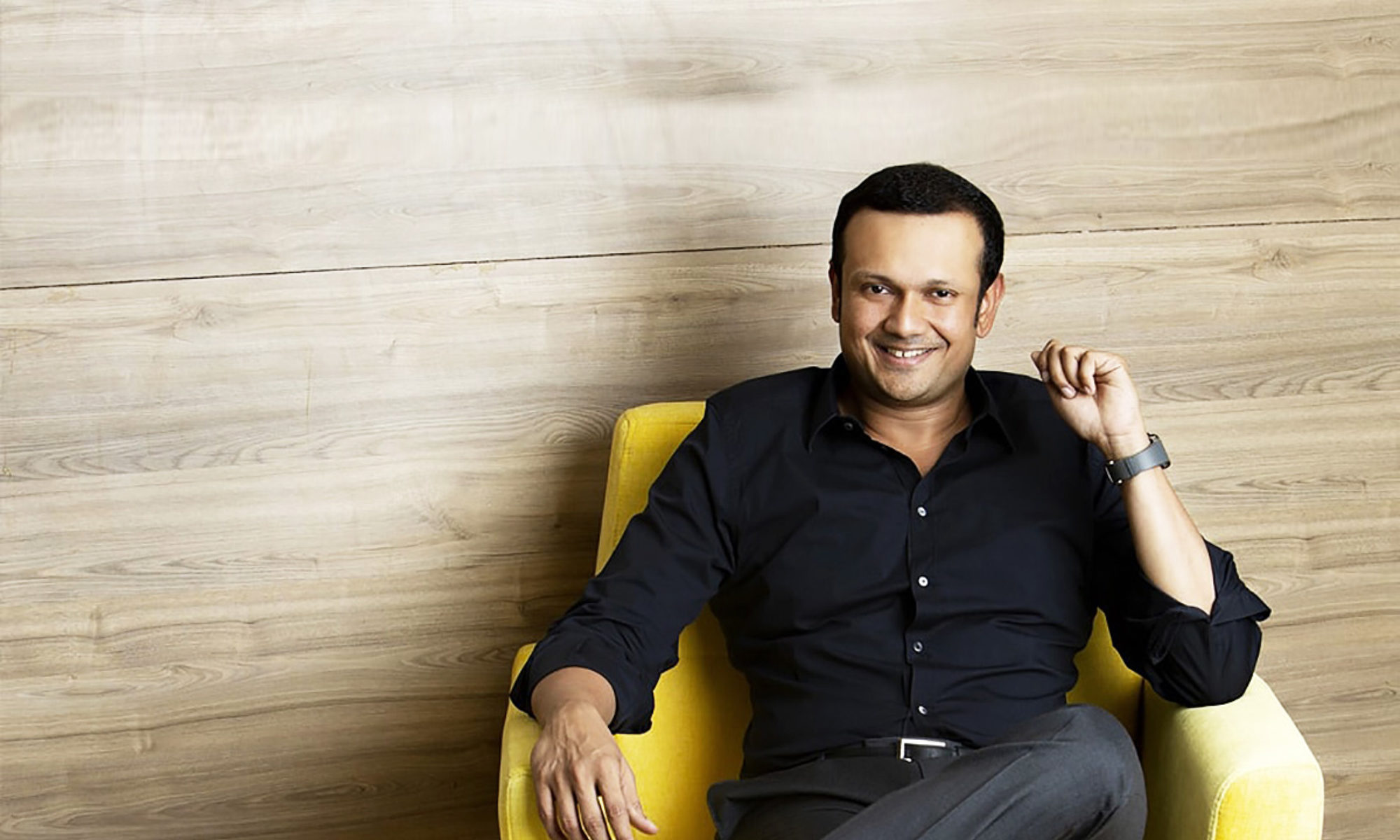New Year resolutions I believe aren’t as meaningful as they used to be. Learning every day and revisiting the year after a good few weeks in to the New Year and checking if those learnings are already being put to use works practically for me. On that note, it was an interesting 2019 for me as I straddled several projects. It had been a year of big decisions and some tough choices. As I reminisce the year gone by in this first month of 2020, I am sharing with you the highlights, experiences and the learnings that I will carry into 2020.
 My passion for cars went into overdrive with DriveX, another entrepreneurial venture that I invested in last year. Founded by my dear friend and India’s 1st Formula 1 racing driver Narain Karthikeyan, DriveX is Asia’s First Multi-Brand Car Mobility Platform. DriveX gives you the option to own a collection of cars of your choice depending on your needs and works in a fascinating way. You can subscribe to a car or a package of your choice for any tenure between 12 to 60 months without a down payment or processing fee making it hassle-free to own a car. This module allows customers to have the freedom of enjoying a personal automobile without the hassles. Check out drivex.in for more on this.
My passion for cars went into overdrive with DriveX, another entrepreneurial venture that I invested in last year. Founded by my dear friend and India’s 1st Formula 1 racing driver Narain Karthikeyan, DriveX is Asia’s First Multi-Brand Car Mobility Platform. DriveX gives you the option to own a collection of cars of your choice depending on your needs and works in a fascinating way. You can subscribe to a car or a package of your choice for any tenure between 12 to 60 months without a down payment or processing fee making it hassle-free to own a car. This module allows customers to have the freedom of enjoying a personal automobile without the hassles. Check out drivex.in for more on this.
 2019 also saw the launch of Varun Arakattalai, a CSR initiative that I consider a major personal achievement. With Varun Arakattalai, I aim to be able to help all those in need of not only monetary funds but also physical, emotional and social support. Having undertaken several welfare initiatives, this non-profit entity has brought about sustainable and positive change in the lives of underprivileged kids, youth and women. Intending to create a community for passionate people that work together to solve the community’s imperative challenges, Varun Arakattalai chose the Patinampakkam community for its initial activities. Using sports as an instrument to promote health, education and empowerment, we have been able to successfully help the community with employment skills, financial resources and parental support.
2019 also saw the launch of Varun Arakattalai, a CSR initiative that I consider a major personal achievement. With Varun Arakattalai, I aim to be able to help all those in need of not only monetary funds but also physical, emotional and social support. Having undertaken several welfare initiatives, this non-profit entity has brought about sustainable and positive change in the lives of underprivileged kids, youth and women. Intending to create a community for passionate people that work together to solve the community’s imperative challenges, Varun Arakattalai chose the Patinampakkam community for its initial activities. Using sports as an instrument to promote health, education and empowerment, we have been able to successfully help the community with employment skills, financial resources and parental support.
Another key event of 2019 was the Chennai water crisis that is etched in my memory, not as a particularly happy one. On 19 June 2019, the city officials declared ‘Day Zero’ as all water reservoirs were exhausted. This was a major crisis that saw schools declaring holidays and workplaces experiencing a shutdown.
We at Radiance Realty too were severely affected by this as water is essential to the construction business. While the construction industry saw a slowdown, I feel deeply for the hardships endured by the common man during these trying times. Well, I am glad we have been able to get over this and have emerged as a community that is more responsible and understands its value further. As everyone around, my family and I have adopted many sustainable practices for life.
Taking into account all that I’ve experienced in 2019, I can proudly say that it’s been a year of great experiences and greater learnings. While we are already over the first month of this New Year, Radiance has already had a double launch in Chennai, Radiance Suprema in Madhavaram and Radiance The Pride in Pallavaram.
The year has kicked off on a very positive for us and I’d like to wish you all a memorable and meaningful 2020!
Follow me on social media:
Linkedin: http://bit.ly/LinkedInVarunM
Instagram: http://bit.ly/InstagramVarunM
Twitter: http://bit.ly/TwitterVarunM

